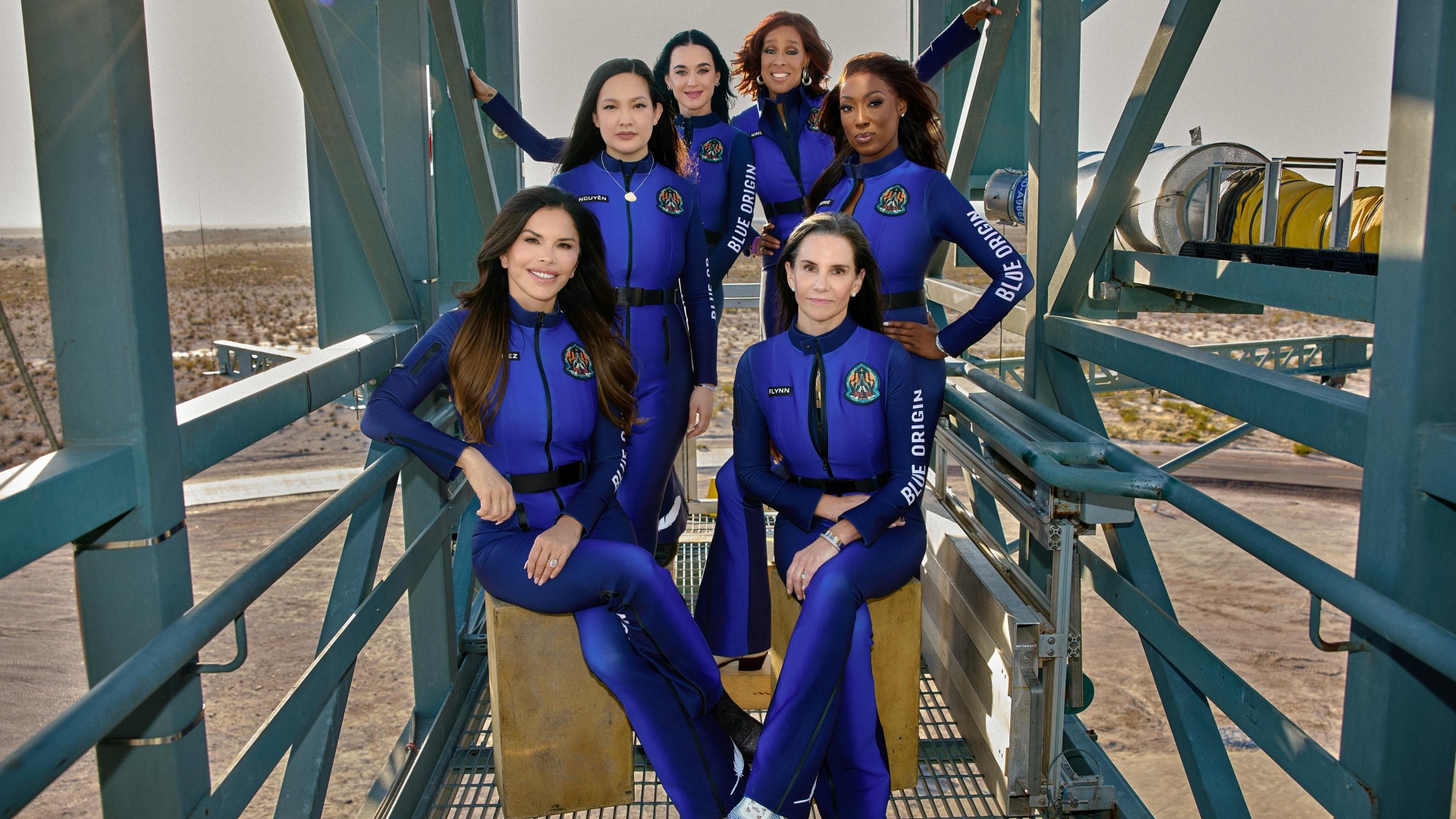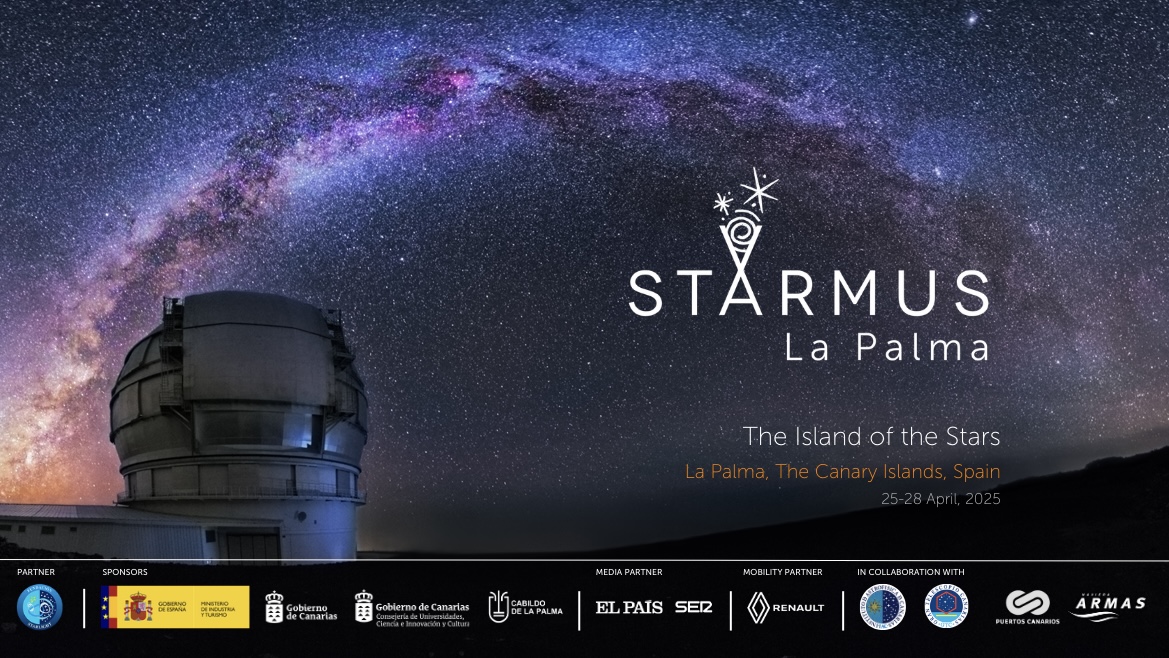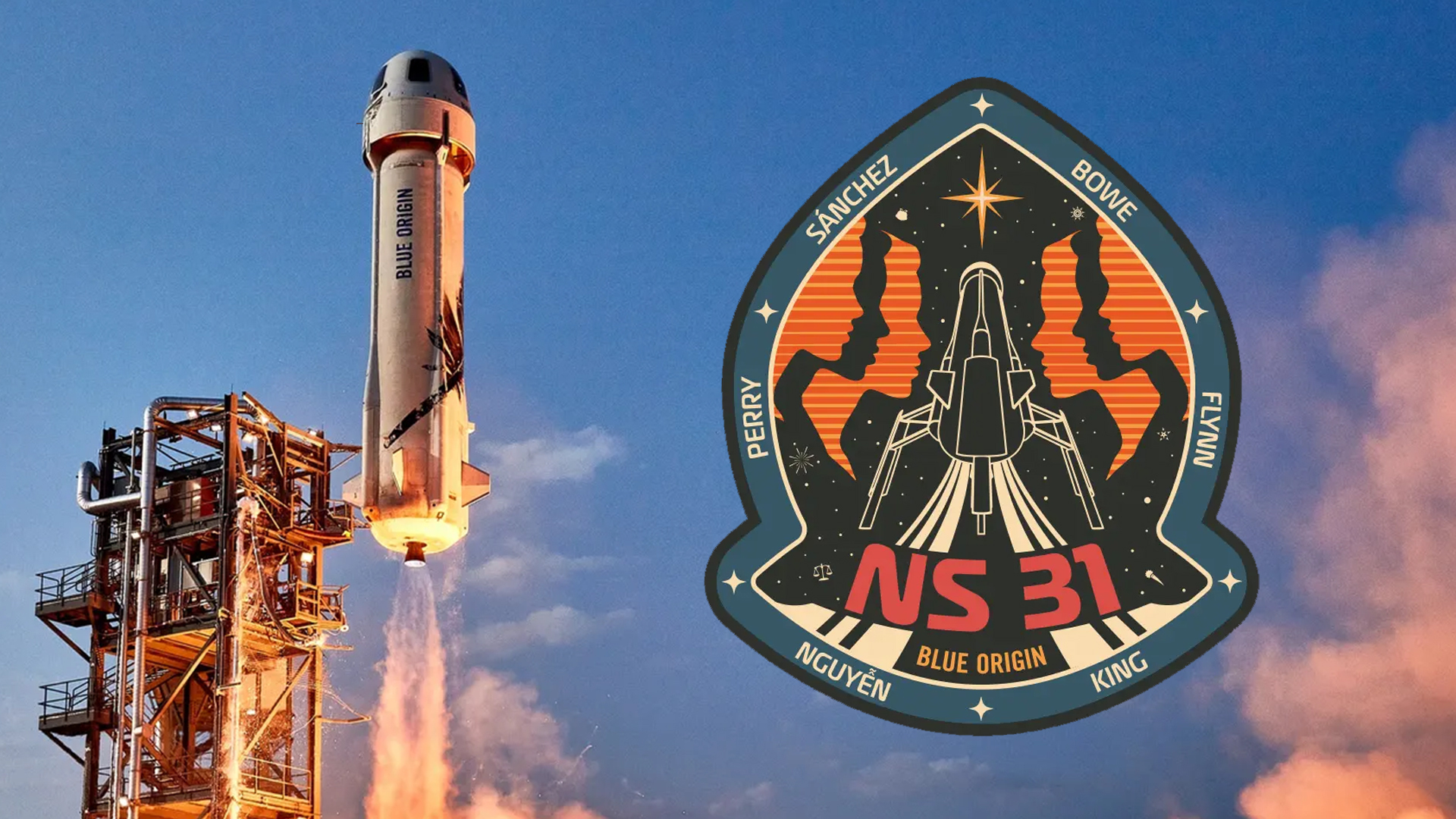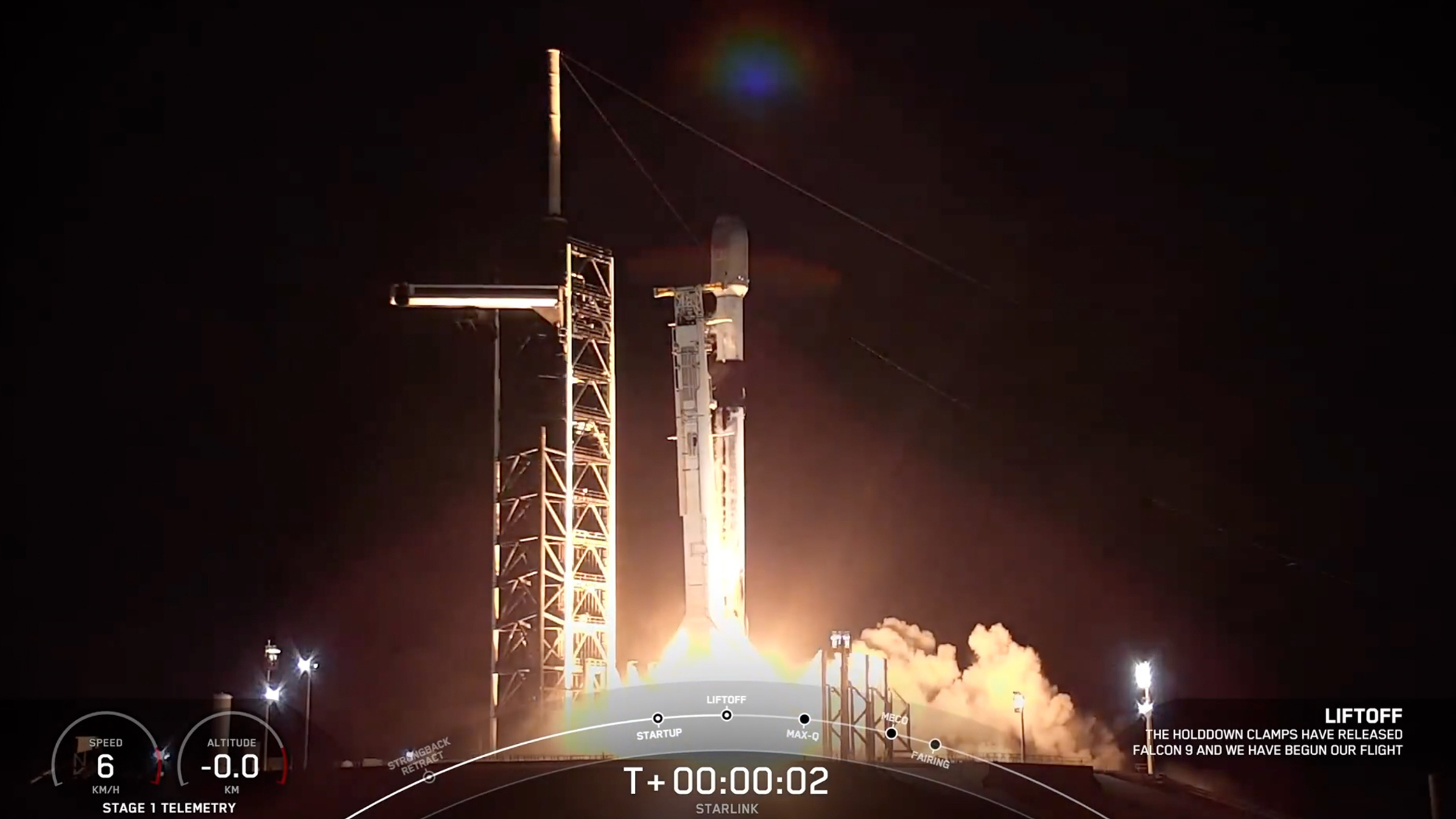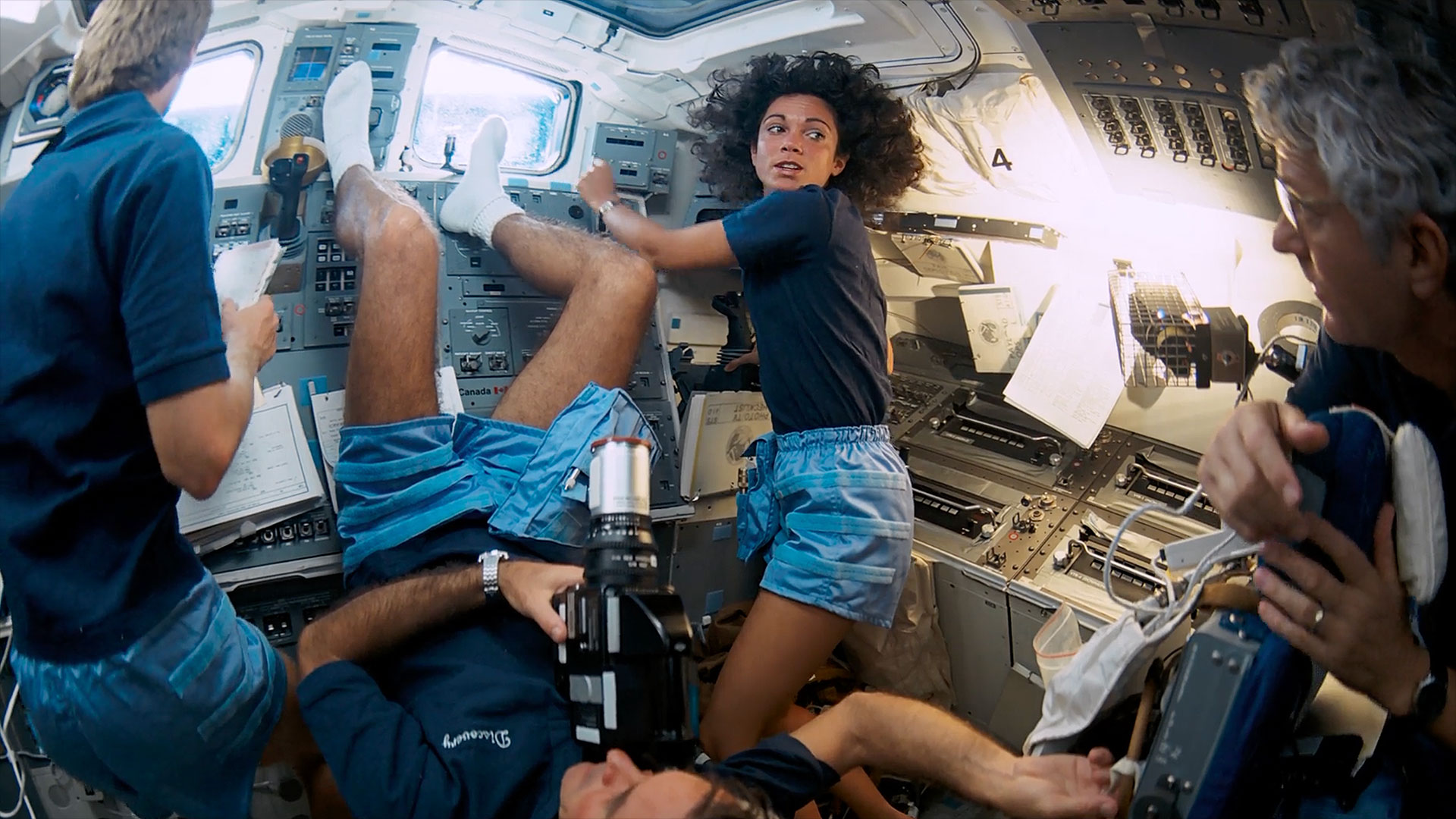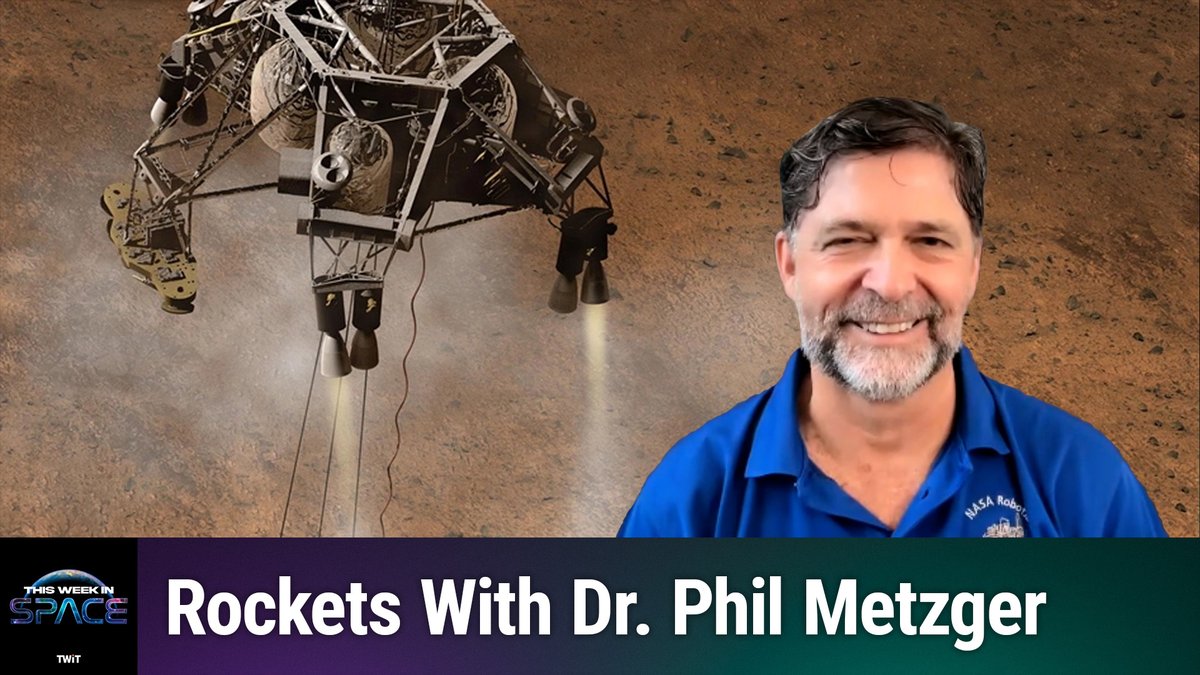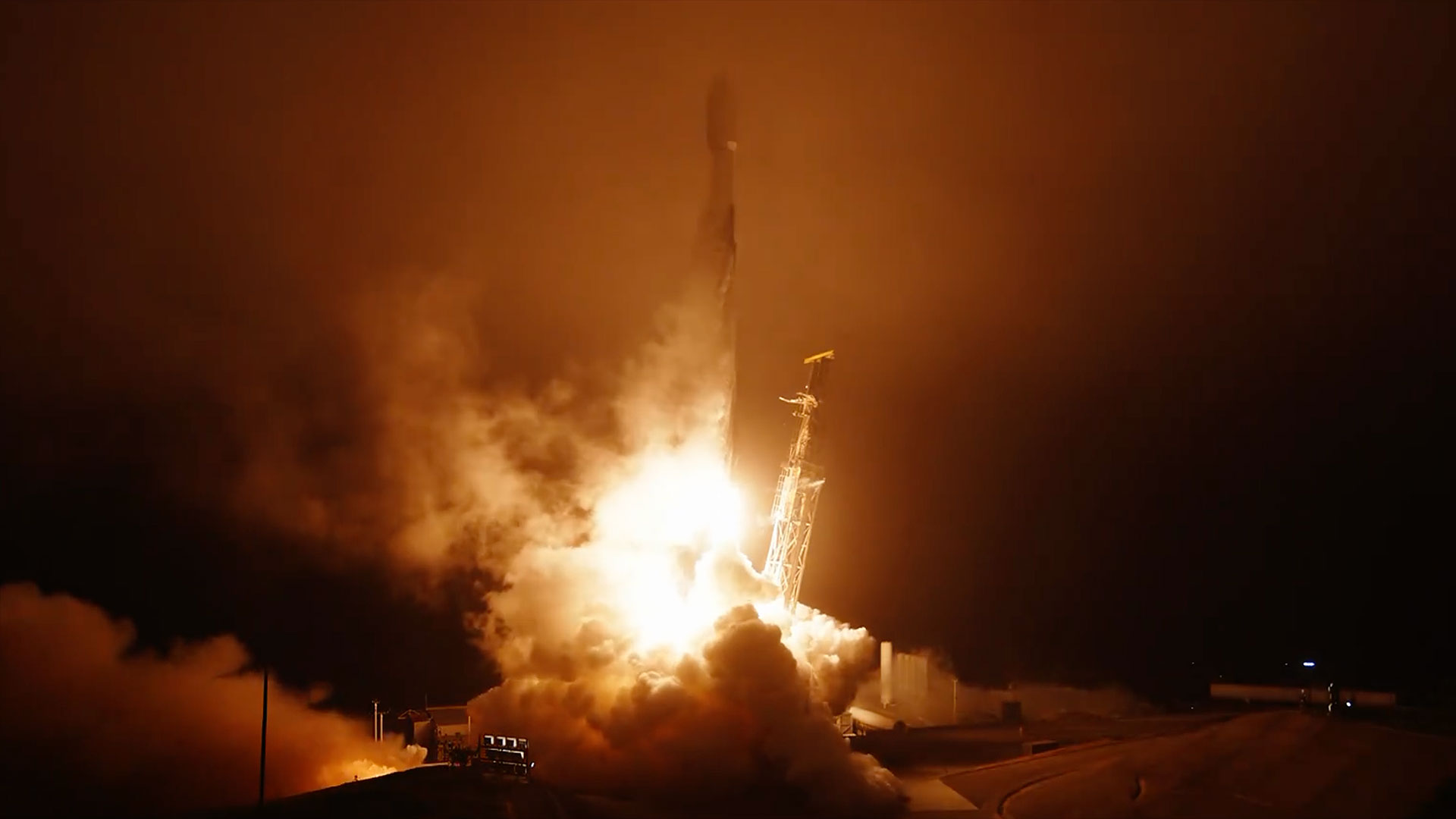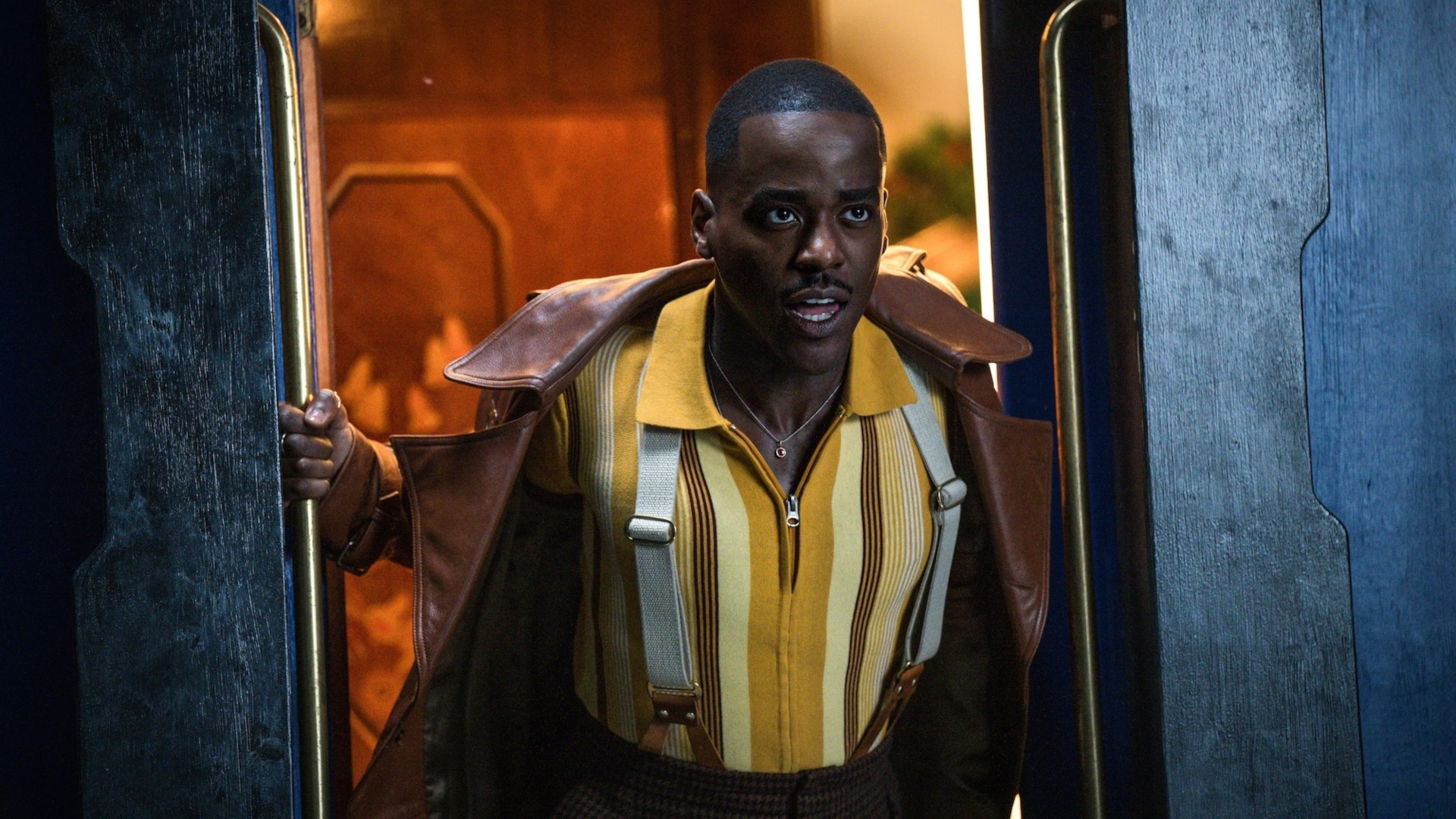Firefly's Blue Ghost lunar lander leaves Earth orbit to head for the moon
Firefly Aerospace's Blue Ghost lunar lander is now headed for the moon after firing its engines to send it out of Earth orbit.
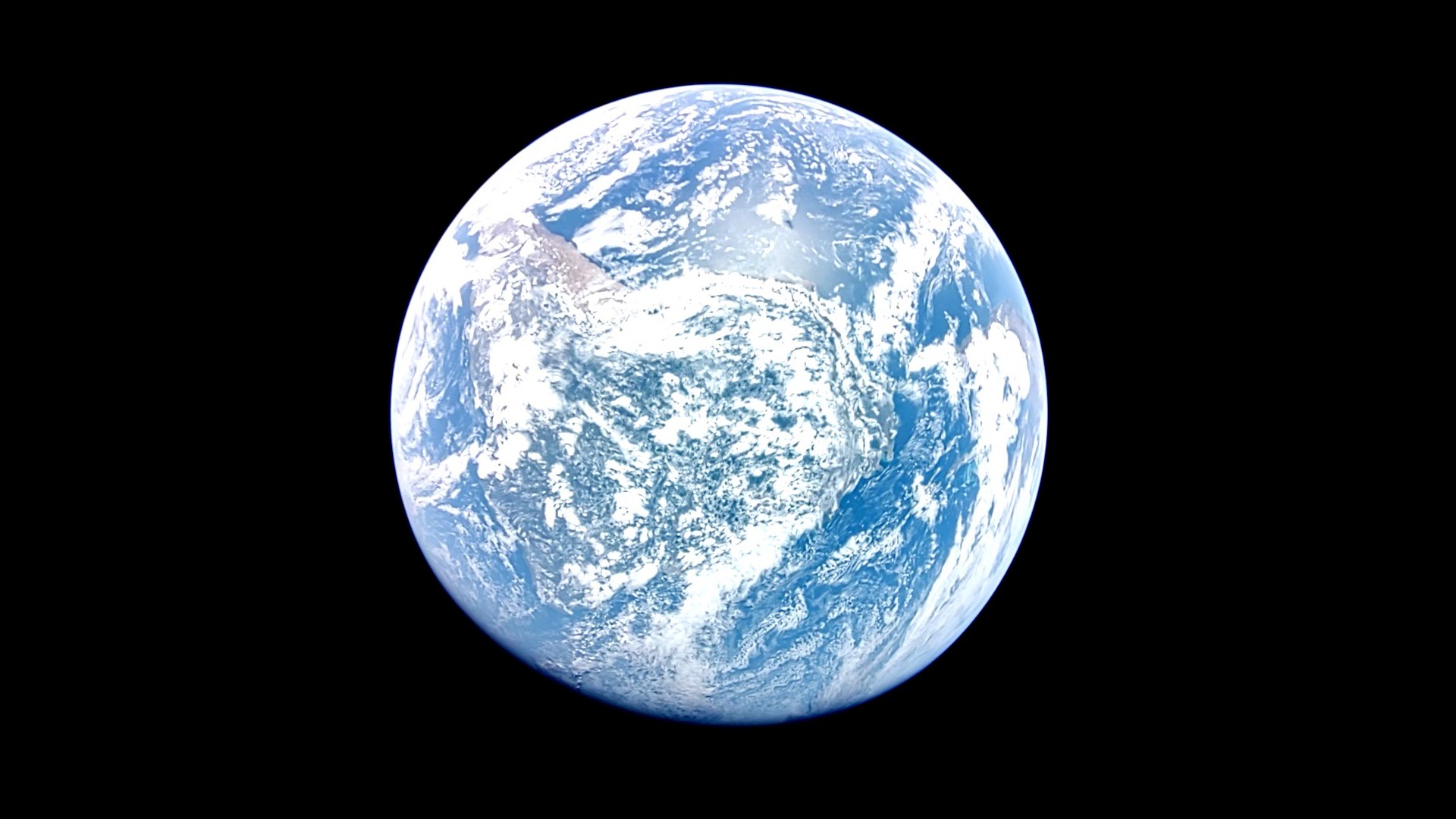
Firefly Aerospace's Blue Ghost lunar lander is now headed for the moon after firing its engines to send it out of Earth orbit.
"Blue Ghost successfully performed a Trans Lunar Injection burn to escape Earth's gravitational pull and begin a 4-day transit to the moon's orbit," Firefly stated on social media platform X on Saturday (Feb. 8).
The lander launched on the "Ghost Riders in the Sky" mission on Jan. 15 atop a SpaceX Falcon 9 rocket along with the Japanese space exploration firm ispace's Resilience moon lander. Both spacecraft had since been orbiting Earth, preparing for transit to the moon.
Blue Ghost later performed a trajectory-correction maneuver on Feb. 9 to refine the spacecraft's path and keep it on course for entering lunar orbit.
Blue Ghost will enter a high lunar orbit in the next few days and then begin lowering its orbit to get ready for a landing attempt.
"We'll then spend approximately 16 days in lunar orbit before we begin Blue Ghost's descent. This gives Firefly plenty of time to calibrate our navigation system and continue payload science operations for NASA," Firefly said.
Blue Ghost has "merged" onto the highway to the Moon! After a successful Trans Lunar Injection burn, our lander has left Earth's orbit and begun its 4 day transit to the Moon's orbit. We'll then spend approximately 16 days in lunar orbit before we begin Blue Ghost's descent. This… pic.twitter.com/lhhEMurIPTFebruary 9, 2025
The lander is targeting a landing within Mare Crisium ("Sea of Crises"), a large basin on the moon's near side.
Get the Space.com Newsletter
Breaking space news, the latest updates on rocket launches, skywatching events and more!
Blue Ghost is flying to the moon as part of NASA's Commercial Lunar Payload Services (CLPS) program, which is pairing commercially developed landers with NASA scientific payloads for studying the moon. The lander's science objectives include subsurface drilling, sample collection and X-ray imaging of Earth's magnetic field and dust mitigation.
Join our Space Forums to keep talking space on the latest missions, night sky and more! And if you have a news tip, correction or comment, let us know at: community@space.com.

Andrew is a freelance space journalist with a focus on reporting on China's rapidly growing space sector. He began writing for Space.com in 2019 and writes for SpaceNews, IEEE Spectrum, National Geographic, Sky & Telescope, New Scientist and others. Andrew first caught the space bug when, as a youngster, he saw Voyager images of other worlds in our solar system for the first time. Away from space, Andrew enjoys trail running in the forests of Finland. You can follow him on Twitter @AJ_FI.
